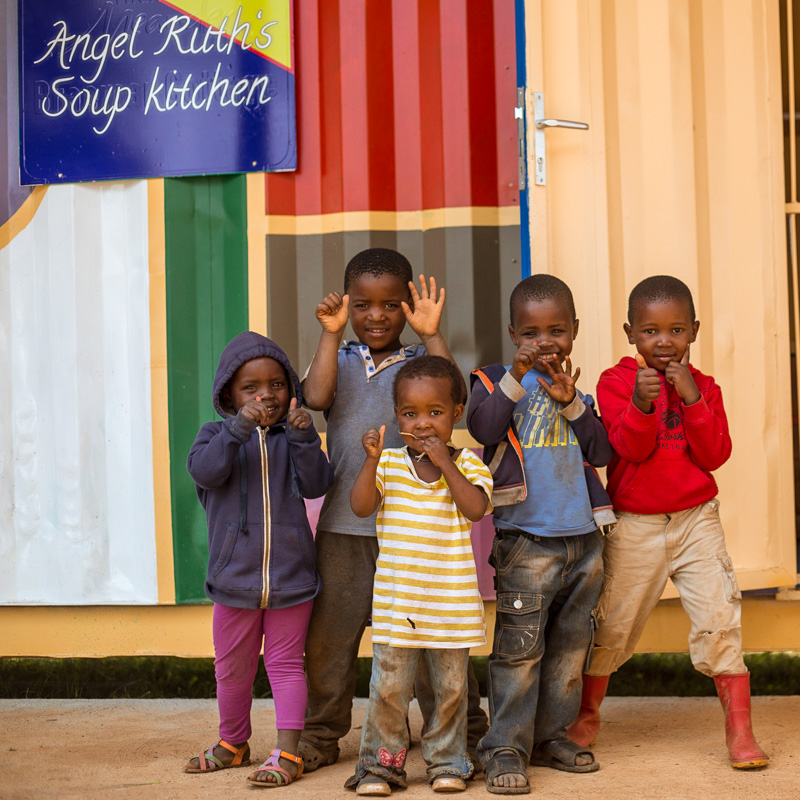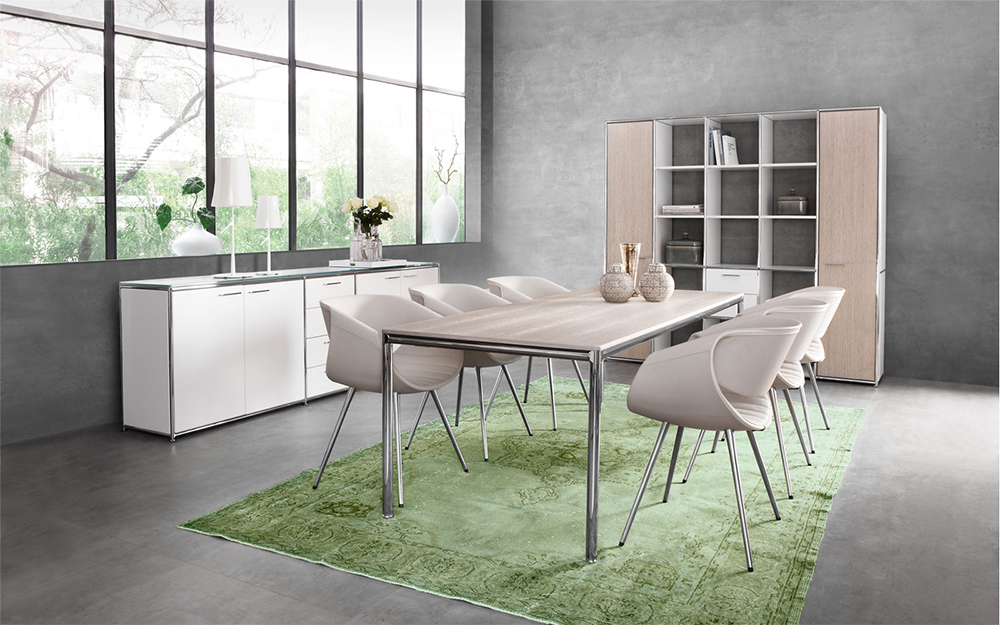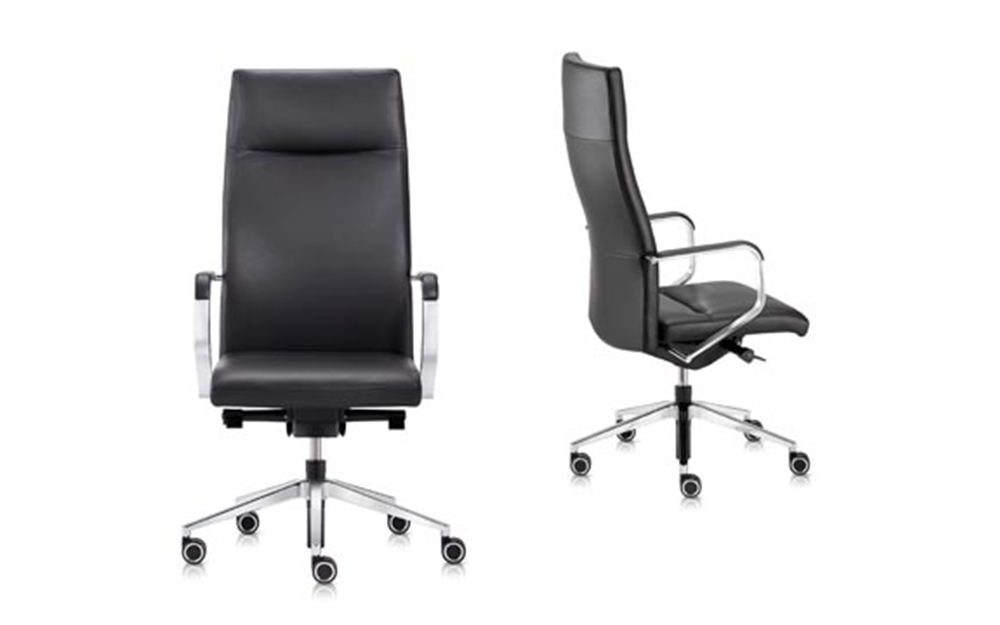As we welcome in the new year, I would like to invite you to practice a Shamata mindfulness practice, not just in the space of the formal yoga class, but also at home. Be inspired by the teachings of Alan Wallace…
Mindfulness of breathing involves letting the breath flow in and out with as little interference as possible. We have to start by assuming the body knows how to breathe better than the mind does. Trust your body.
The Practice: Mindfulness of breathing with relaxation
Our minds are bound up with our bodies, so we need to incorporate our bodies into meditative practice. In each session we will do this by first settling the body in its natural state, while imbued with three qualities: relaxation, stillness, and vigilance.
The Posture It is generally preferable to practice mediation sitting on a cushion with your legs crossed, but if that is uncomfortable, you may either sit on a chair or lie down in the supine position, your head resting on a pillow. Whatever position you assume, let your back be straight, and settle your body with a sense of relaxation and ease. Your eyes may be closed, partially closed, or open, as you wish…If you are sitting, you may rest your hands on your knees or in your lap. Your head may be slightly inclined or directed straight ahead, and your tongue may rest lightly on your palate.
Now bring your awareness to the tactile sensations throughout your body, from the soles of your feet up to the crown of your head. Note the sensations in your shoulders and neck, and if you notice any tightness there, soften. Likewise, be aware of the muscles of your face - your jaw, temples, and forehead, as well as your eyes - soften any area that feels constricted. Let your face relax like that of a sleeping baby, and set your entire body at ease. Throughout this session, keep as physically still as you can. Avoid all unnecessary movement, such as scratching and fidgeting. You will find that the stillness of the body helps to settle the mind.
If you are sitting, assume a “posture of vigilance”: Slightly raise your sternum so that when you inhale, you feel the sensations of the respiration naturally go to your belly, which expands during the in-breath and retracts during the out-breath. During meditation sessions, breathe as if you were pouring water into a pot, filling it from the bottom up. When the breath is shallow, only the belly will expand. In the course of a deeper inhalation, first the abdomen, then the diaphragm will then expand, and when you inhale yet more deeply, the chest will finally expand after the belly and diaphragm have done so. If you are meditating in the supine position, position yourself so that you can mentally draw a straight line from the point between your heels, to your navel, and to your chin. Let your feet fall to the outside, and stretch your arms out to the sides of your torso, with your palms facing up. Vigilance in the supine position is mostly psychological, an attitude that regards this position as a formal meditation posture, and not simply as rest.
The Practice Be at ease. Be still. Be vigilant. These three qualities of the body are to be maintained throughout all meditation sessions. Once you have settled your body with these three qualities, take three slow, gentle, deep breaths, breathing in and out through the nostrils. Let your awareness permeate your entire body as you do so, noting any sensations that arise in relation to the respiration. Luxuriate in these breaths, as if you were receiving a gentle massage from within. Open your awareness to the entire field of sensations throughout the body. The emphasis here is on mental and physical relaxation (there is no difference between mental and physical agitation and relaxation, according to Gert van Leeuwen). By settling your awareness in the body, you diffuse the knots in the body and mind. Tightness unravels of its own accord, and this soothes the network of the body.
Now settle your breathing in its natural flow. Continue breathing through your nostrils, noting the sensations of the respiration wherever they arise within your body. Observe the entire course of each in- and out-breath, noting whether it is long or short, deep or shallow, slow or fast. Don’t impose any rhythm on your breathing. Attend closely to the respiration, but without wilfully influencing it in any way. Don’t even prefer one kind of a breath over another, and don’t assume that rhythmic breathing is necessarily better than irregular breathing. Let the body breathe as if you were fast asleep, but mindfully vigilant.
Thoughts are bound to arise involuntarily, and your attention may also be pulled away by noises and other small stimuli from your environment. When you note that you become distracted, instead of tightening up and forcing your attention back to your breath, simply let go of those thoughts and distractions. Especially with each exhale, relax your body, release extraneous thoughts, and happily let your attention settle back into the body. When you see that your mind has wandered, be grateful that you have noticed the distraction, and gently return to the breath. Again and again, counteract the agitation and turbulence of the mind by relaxing more deeply, not by contracting your body and/or mind. If any tension builds up in your shoulders, face, or eyes, release it. With each exhalation, release involuntary thoughts as if they were dry leaves blown away by a soft breeze. Relax deeply through the entire course of the exhalation, and continue to relax as the next breath flows in effortlessly like the tide. Breathe so effortlessly that you feel as if your body were being breathed by your environment. Continue practicing, building your time of sitting slowly up, then mindfully emerge from meditation and reengage with the world around you.
(An extract from The Attention Revolution, Unlocking the Power of the Focused Mind, by Alan Wallace)





